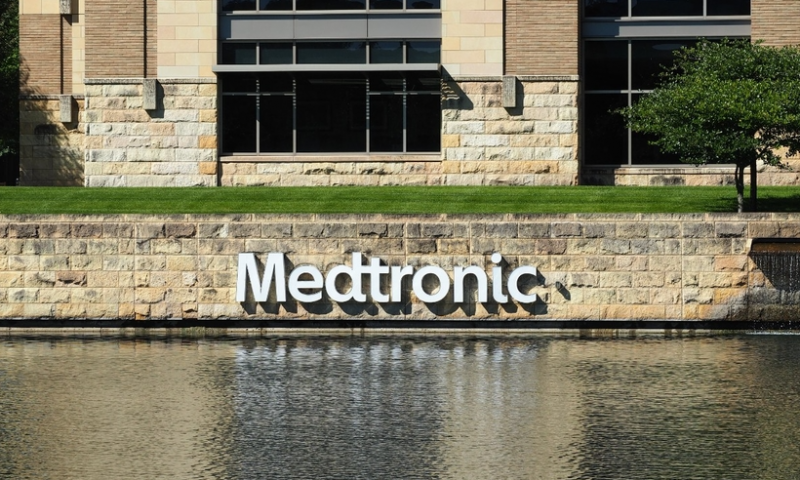Medtronic has moved to expand its portfolio of technologies aimed at improving the safety of head and neck surgeries, with a new acquisition and a separate FDA clearance of a nerve-detection device.
Making its seventh tuck-in acquisition of the year, the medtech giant’s purchase of Ai Biomed adds a tissue-detecting probe used in thyroid surgery. The PTeye laser system is used to visually identify the location of parathyroid tissue during thyroid removal procedures, to help surgeons preserve healthy tissue.
Typically, parathyroid cells can be difficult to spot, but light from the PTeye probe causes a fluorescent response that makes them glow without using a contrast agent.
While full or partial removal of the glands are common thyroid procedures, inadvertent excisions of parathyroid tissue can lead to harmful drops in a patient’s calcium levels, causing numbness, muscle cramps, irritability and seizures.
The financial terms of the deal were not disclosed, while the employees of the Santa Barbara, California-based Ai Biomed joined Medtronic’s ear, nose and throat division as part of the acquisition.
Meanwhile, Medtronic received a green light from the FDA for its NIM Vital system, which locates and monitors nerves to help safeguard them during a procedure.
Using a large touchscreen, the CE-marked device provides real-time feedback on the function of nerves that provide motor control to the body’s muscles—helping surgeons to adjust their course if needed, and confirm the nerves’ integrity before completing the procedure.
“The addition of these two technologies builds on our 20-year legacy of providing innovative solutions that assist surgeons during critical head and neck procedures,” said Vince Racano, vice president and general manager of Medtronic’s ENT business.
“By offering these complementary technologies—the NIM Vital system to protect crucial nerves and the PTeye system to help confirm parathyroid tissue identified visually by the surgeon—we’re helping physicians address two of the most common challenges during these procedures,” Racano said.

